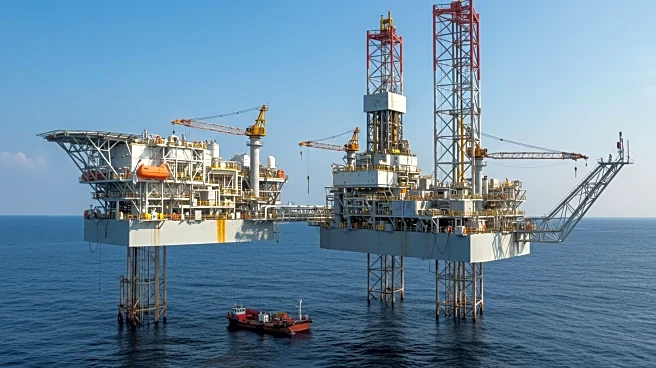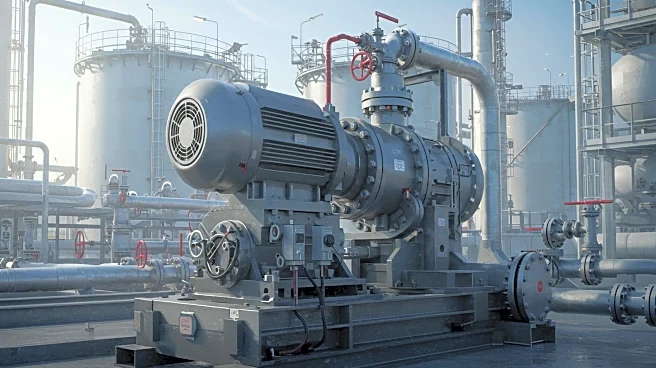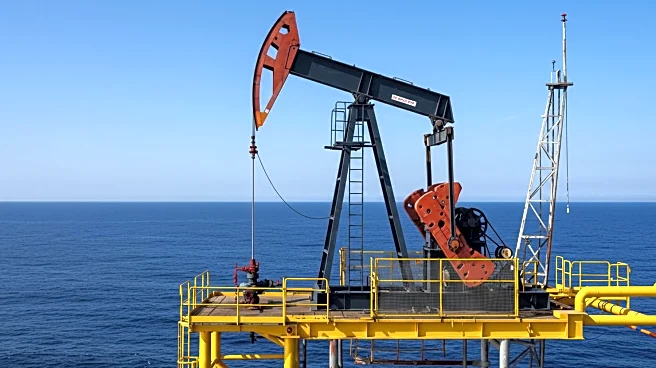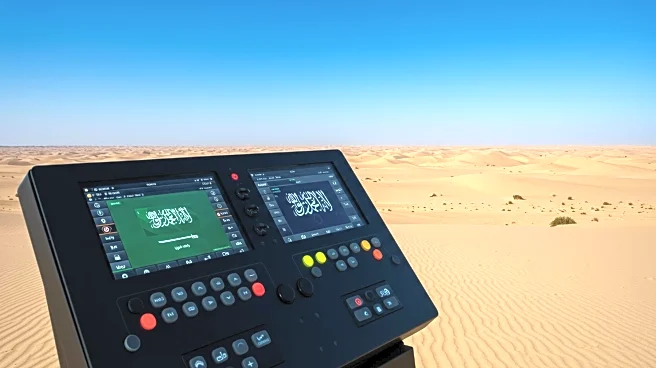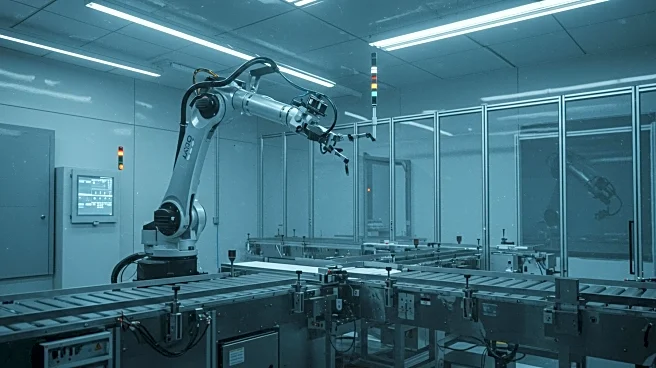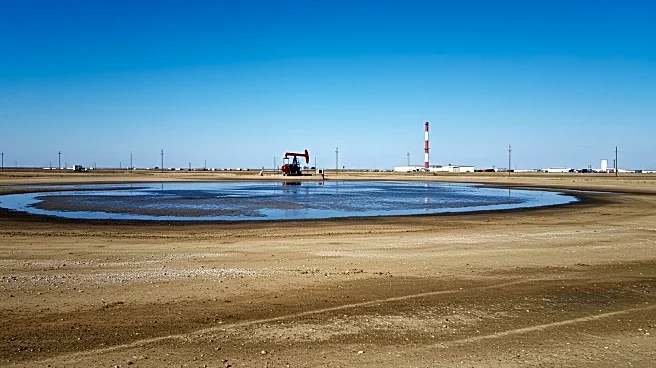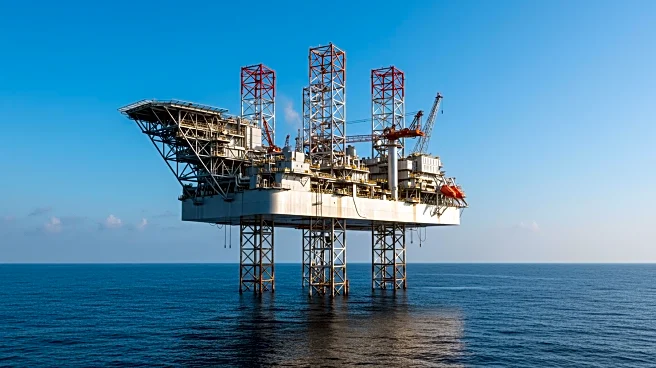What's Happening?
ConocoPhillips has entered into a multi-year contract with Halliburton to provide comprehensive well stimulation services aimed at improving well performance and reservoir productivity in the North Sea. The contract is set for five years with the possibility of three optional extension periods. As part of the agreement, Tidewater's vessel, North Pomor, will be converted into an advanced stimulation vessel. This transformation will incorporate Octiv® digital fracturing services, which are designed to enhance the performance of stimulation equipment and operational efficiency. Mark Dawson, Senior Vice President of Halliburton's Completion and Production division, emphasized the significance of this contract in strengthening the company's relationship with ConocoPhillips and highlighted Halliburton's global execution capabilities in well stimulation.
Why It's Important?
This contract is significant as it underscores the ongoing collaboration between major industry players ConocoPhillips and Halliburton, reflecting a commitment to leveraging advanced technology for enhanced oil recovery. The use of digital fracturing services and the focus on automation and safety are indicative of the industry's shift towards more efficient and sustainable practices. This development could potentially lead to increased productivity and cost savings for ConocoPhillips, while also reinforcing Halliburton's position as a leader in well stimulation services. The contract may also have broader implications for the North Sea oil industry, potentially influencing other companies to adopt similar technological advancements.
What's Next?
The transformation of the North Pomor vessel into an advanced stimulation vessel is a key next step in the execution of this contract. As the project progresses, both ConocoPhillips and Halliburton will likely monitor the performance improvements and operational efficiencies achieved through the use of Octiv® digital fracturing services. The success of this contract could lead to further collaborations between the two companies and potentially inspire similar agreements within the industry. Stakeholders will be watching closely to assess the impact of these technological advancements on overall production and cost-effectiveness.
